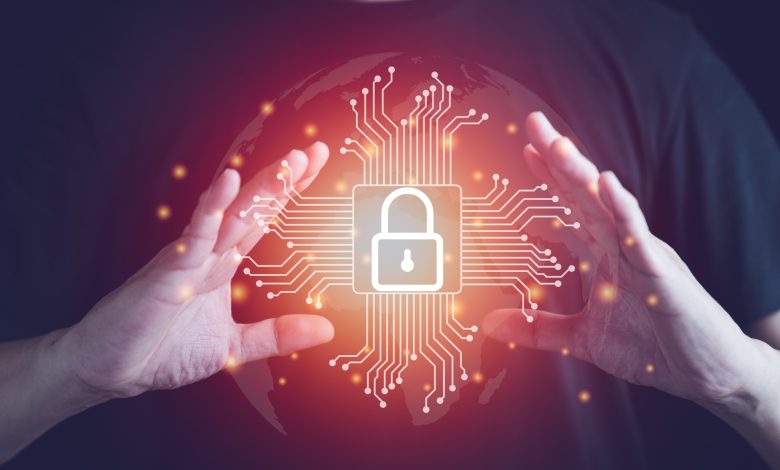Cyber Security

Imagine waking up one morning, checking your bank account, and realizing your money is gone. Or worse, logging into your email only to see your private data leaked online. Scary, right? That’s the world we live in today — where cyberattacks are not just possibilities but daily realities. Cyber Security is no longer an option; it’s a necessity. From individuals to global corporations, everyone faces risks. The good news? With awareness and the right strategies, we can protect ourselves against digital threats.
Core Concepts of Cyber Security
At its core, cyber security refers to the practice of protecting systems, networks, and programs from digital attacks. These attacks often aim to access, change, or destroy sensitive information, extort money, or interrupt business operations. Think of it as a modern-day shield — just like locks on your front door, but for your digital life.
Key pillars of cyber security include:
- Confidentiality: Ensuring that sensitive information is only accessible to those authorized.
- Integrity: Guaranteeing that data remains accurate and unchanged unless authorized.
- Availability: Making sure systems and data are accessible when needed.
Another essential concept is multi-layered defense. Instead of relying on a single tool or program, effective security comes from combining firewalls, antivirus software, encryption, and strong policies. Without these, hackers can find loopholes, much like burglars finding an unlocked window.
Common Types of Cyber Threats
Cyber threats are constantly evolving. Some of the most common include:
- Phishing: Fake emails or messages tricking you into revealing personal details.
- Malware: Malicious software that damages or takes control of your system.
- Ransomware: Cybercriminals lock your data and demand money to unlock it.
- Denial of Service (DoS): Overloading systems so they crash and become unusable.
- Man-in-the-Middle Attacks: Hackers secretly intercept communications.
The scary part? Many of these attacks go unnoticed until the damage is done. For instance, phishing emails often look like they’re from your bank or a trusted company. Have you ever almost clicked on one? That’s how easy it is to fall victim.
Cyber Security Strategies for Businesses
For businesses, the cost of poor cyber security can be devastating. A single data breach can cost millions, ruin reputations, and cause customer trust to vanish overnight. So, how do organizations protect themselves?
- Employee Training: People are often the weakest link. Teaching staff how to spot suspicious emails or links is crucial.
- Data Encryption: Turning sensitive data into unreadable code protects it from being stolen.
- Regular Updates & Patching: Outdated systems are like open doors for hackers.
- Access Controls: Not everyone needs access to all company data. Limiting access reduces risk.
- Incident Response Plans: Knowing how to react quickly can minimize damage when breaches happen.
Cyber security for businesses is like having a fire drill — you hope you’ll never need it, but you must always be prepared.
Practical Security Tips for Individuals
It’s not just big companies at risk. Everyday users face cyber threats too. Thankfully, small habits can drastically improve personal online safety.
- Use Strong Passwords: Avoid “123456” or “password.” Mix upper and lower case letters, numbers, and symbols.
- Enable Multi-Factor Authentication (MFA): Even if someone gets your password, MFA adds another barrier.
- Be Careful with Public Wi-Fi: Free Wi-Fi may cost you more than you think — hackers love unsecured networks.
- Keep Devices Updated: Those annoying updates? They patch security holes.
- Backup Your Data: Cloud backups or external drives ensure you don’t lose everything to ransomware.
Think of these habits like brushing your teeth — small daily actions that prevent bigger problems later.
The Future of Cyber Security and AI Integration
Cyber security is not static. As technology advances, so do the threats. Emerging technologies like artificial intelligence (AI) and machine learning are revolutionizing the way we fight back. AI can analyze patterns, detect suspicious behavior, and even stop attacks before they happen.
For example, instead of manually scanning logs for unusual activity, AI systems can instantly flag threats. But here’s the twist — hackers also use AI to create smarter, harder-to-detect attacks. It’s like a digital arms race.
Another trend is the Zero Trust model, which assumes that no one — not even internal employees — should be trusted by default. Every access request is verified, making it harder for hackers to move within a system once they get in.
Looking ahead, cyber security will be less about building walls and more about building smart, adaptive defenses.
Building a Safer Digital Environment
In a hyperconnected world, cyber security is the foundation of trust. Whether you’re an individual browsing the web, a student using cloud services, or a business handling sensitive customer data, security measures protect your digital life. Remember: cyber threats are not going away, but with knowledge and the right tools, you can stay ahead.
Cyber security is not about fear; it’s about empowerment. By taking proactive steps, you gain control over your digital safety and build resilience against threats that will only grow more sophisticated in the future.




One Comment